01 ? ? ? 序
很久沒有寫過博客了,最近忙于做項目,閉了后簡單寫一下心得體會。近期主要是在做服飾場景相關的項目,今天簡單寫寫其中做的一個服飾分割。
初版代碼已經提交,歡迎大家提issue和pr
https://github.com/FlyEgle/segmentationlight
02 ? ? ? 背景
主要場景就是對模特進行服飾摳圖,要求邊緣處理相對平滑,扣取召回和準確率比較高,能夠覆蓋95%以上的場景case。同時需要考慮模型FLOPs以及結構便宜性,便于后期有壓縮的需求。
03 ? ? ? 模型選擇
有考慮過如下三種模型:
DeepLabV3
U2Net
HRNet-seg
這里DeepLabV3有空洞卷積存在,對于細致的扣圖,效果不是很好,更加適用于連通性比較強的物體分割以及多類別分割。
HRNet-seg存在一個問題,最后輸出的featuremap分別是[1/4, 1/8, 1/16, 1/32],雖然是有不斷的高低分辨率的交互,但是1/4還是有點捉襟見肘,會影響一些小的pixel,空洞以及邊緣效果。所以做了簡單的修該如下:
FPN+upsmaple形式

FPN+upsample
upsmaple+cat

upsmaple+cat 相對來說FPN的收斂速度會更快一些,計算量更小,性能略高,相比原始HRseg的輸出來說,細致化了很多。 3. U2net的計算量要比HRnet-fpn更小,同時,U2net更加注重刻畫細節。由于場景只有一個類別,所以U2Net不太需要考慮類別的關系,對于模型本身來說更加適配。 4. 有嘗試過修改U2net,包括增加attention,增加refine Module,多監督約束以及修改結構等,不過最終都比較雞肋了,寫paper還是可以的,從實際case效果上看幾乎無差。也嘗試過x2,x4channel,性能上也沒明顯提升。 不過對于專一場景來說,模型本身不是重點。
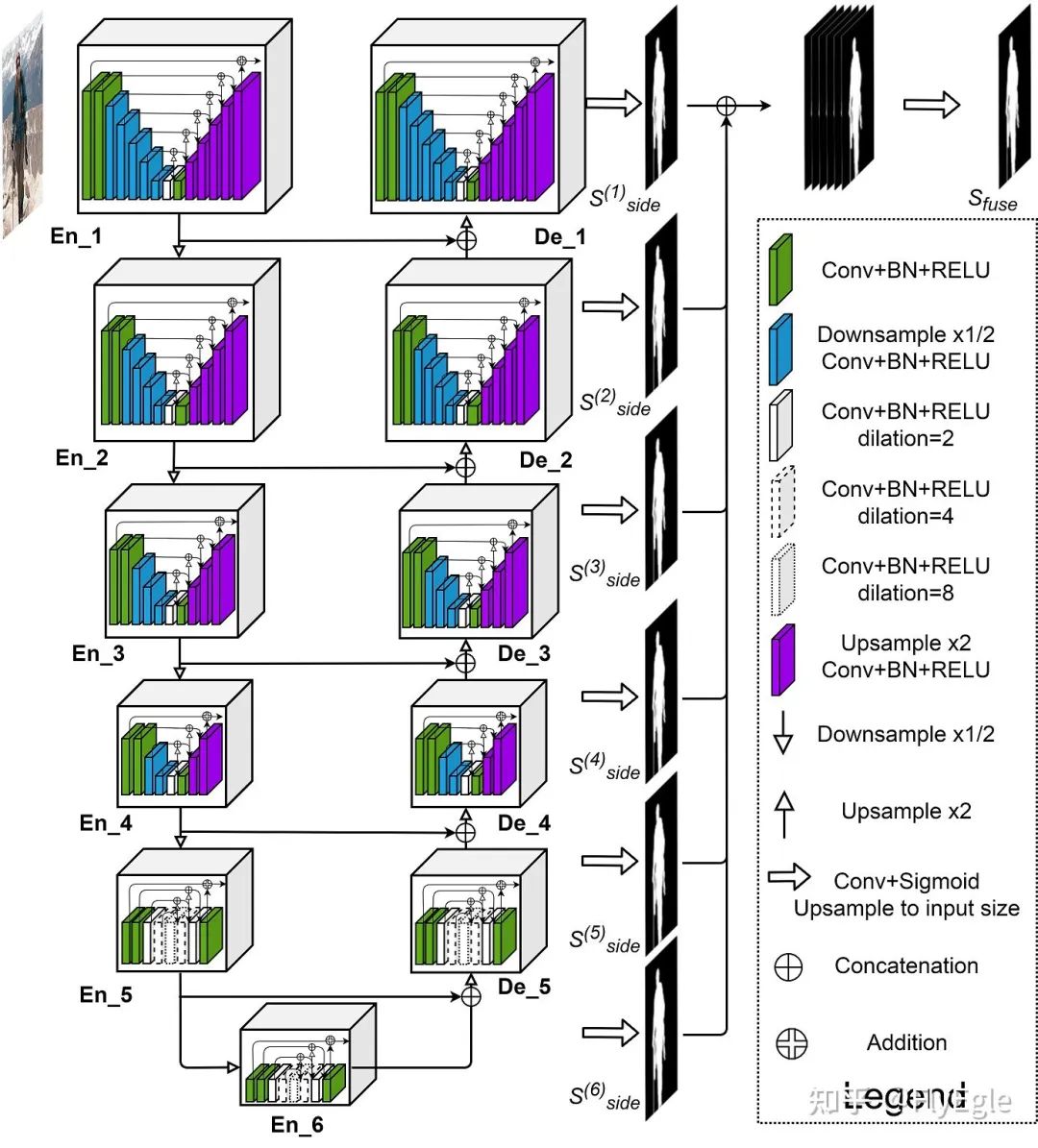
u2net模型結構
04 ? ? ? 損失設計
任務只要求區分前景和背景,自然可以理解為二分類或者是1分類問題,所以基礎loss的選擇就可以是softmax+CE(二分類),sigmoid+bce(前景)。sigmoid相比softmax對于邊緣效果更佳友好(可以調節閾值),為了保證連通區域,采用了bce+3*dice作為baseline損失。 這里在320x320尺寸下,做了一些對比實驗,可以看到bce+iou指標最高,不過case by case的話視覺效果沒有bce+dice好。降低dice的系數,也是因為有時候dice過強忽略了bce判別正負樣本的情況。
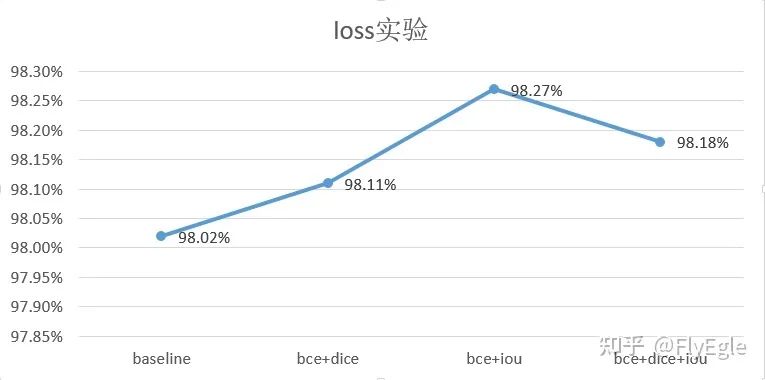
損失函數 也嘗試過一些其他的loss,如focalloss,tv, L1等損失組合,意義不是很大, 代碼如下:
# ----------------- DICE Loss--------------------class DiceLoss(nn.Module):
def __init__(self):
super(DiceLoss, self).__init__()
def forward(self, logits, targets, mask=False):
num = targets.size(0)
smooth = 1.
probs = torch.sigmoid(logits)
m1 = probs.view(num, -1)
m2 = targets.view(num, -1)
intersection = (m1 * m2)
score = 2. * (intersection.sum(1) + smooth) / (m1.sum(1) + m2.sum(1) + smooth)
score = 1 - score.sum() / num
return score# -------------------- BCELoss -----------------------class BCELoss(nn.Module):
"""binary bceloss with sigmoid"""
def __init__(self):
super(BCELoss, self).__init__()
def forward(self, inputs, targets, weights=None, mask=False):
assert len(inputs.shape) == 4, "inputs shape must be NCHW"
if len(targets.shape) != 4:
targets = targets.unsqueeze(1).float()
else:
targets = targets.float()
if mask:
inputs = inputs * targets
losses = F.binary_cross_entropy_with_logits(inputs, targets, weights)
return losses# ----------------- DICE+BCE Loss--------------------class DiceWithBCELoss(nn.Module):
def __init__(self, weights, mining=False):
super(DiceWithBCELoss, self).__init__()
self.dice_loss = DiceLoss()
if mining:
self.bce_loss = BalanceCrossEntropyLoss()
else:
self.bce_loss = BCELoss()
self.weights = weights
def forward(self, preds, targets):
bceloss = self.bce_loss(preds, targets)
diceloss = self.dice_loss(preds, targets)
????????return?self.weights['bce']?*?bceloss?+?self.weights['dice']*diceloss
05 ? ? ? 訓練優化
1. 分辨率
baseline模型的訓練尺寸為320x320,隨之提升到了640x640,這里采用兩種方法,一個是from strach訓練一個是load 320的pretrain 進行訓練。相比于strach,pretrain的效果會更好,隨著數據的迭代和累積,不斷的采用上一個最好效果的weights來做下一次訓練模型的pretrain,最終訓練尺寸為800x800。 嘗試過采用更大的分辨率960和1024來進行訓練,在個人的場景上基本沒有顯著提升。(ps: 1024尺寸下的bs太小了,加了accumulate grad后性能下降的明顯)
2. 數據增強
數據增強采用基本都是常規的,隨機crop,隨機翻轉,隨機旋轉,隨機blur,這里colorjitter會影響性能就沒有用了。
def build_transformers(crop_size=(320, 320)):
if isinstance(crop_size, int):
crop_size = (crop_size, crop_size)
data_aug = [
# RandomCropScale(scale_size=crop_size, scale=(0.4, 1.0)),
RandomCropScale2(scale_size=crop_size, scale=(0.3, 1.2), prob=0.5),
RandomHorizionFlip(p=0.5),
RandomRotate(degree=15, mode=0),
RandomGaussianBlur(p=0.2),
]
to_tensor = [
Normalize(normalize=True, mean=IMAGENET_DEFAULT_MEAN, std=IMAGENET_DEFAULT_STD),
ToTensor(channel_first=True)
]
final_aug = data_aug + to_tensor
return Compose(final_aug)
比較重要的一點的是randomcrop,調整了crop的區域為[0.3,1.2],一方面是因為crop區域太小,容易忽視整體性,另一方面是crop大一些可以相應的對應大分辨率。要注意的是,crop的區域是需要包含前景,可以通過設定前景占比來進行調整,也可以理解為手動balance數據。
class RandomCropScale2:
"""RandomCrop with Scale the images & targets, if not crop fit size, need to switch the prob to do reisze to keep the over figure scale_size : (list) a sequence of scale scale : default is (0.08, 1.0), crop region areas ratio : default is (3. / 4., 4. / 3.), ratio for width / height Returns: scale_image : (ndarray) crop and scale image scale_target: (ndarray) crop and scale target, shape is same with image """
def __init__(self, scale_size, scale=(0.08, 1.0), ratio=(3. / 4., 4. / 3.), prob=0.5):
self.scale_size = scale_size
self.scale = scale
self.ratio = ratio
# self.prob = np.random.uniform(0, 1) > prob
self.prob = prob
self.scale_func = Scale(self.scale_size)
# center crop
# self.centercrop = CenterCrop(self.scale_size)
if (self.scale[0] > self.scale[1]) or (self.ratio[0] > self.ratio[1]):
warnings.warn("Scale and ratio should be of kind (min, max)")
def _isBG(self, tgts):
"""If the targets all is 0, 0 is background """
if np.sum(tgts) == 0:
return True
else:
return False
# TODO: fix empty bug
def _crop_imgs(self, imgs, tgts):
height, width, _ = imgs.shape
area = height * width
for _ in range(10):
target_area = area * np.random.uniform(self.scale[0], self.scale[1])
aspect_ratio = np.random.uniform(self.ratio[0], self.ratio[1])
w = int(round(math.sqrt(target_area * aspect_ratio)))
h = int(round(math.sqrt(target_area / aspect_ratio)))
if 0 < w < width and 0 < h < height:
random_y = np.random.randint(0, height - h + 1)
random_x = np.random.randint(0, width - w + 1)
crop_image = imgs[random_y:random_y+h, random_x:random_x+w]
crop_target = tgts[random_y:random_y+h, random_x:random_x+w]
if not self._isBG(crop_target):
crop_image, crop_target = self.scale_func(crop_image, crop_target)
return crop_image, crop_target
# switch prob or center crop
if np.random.uniform(0, 1) > self.prob:
# center crop
in_ratio = float(width) / float(height)
if in_ratio < min(self.ratio):
w = width
h = int(round(w / min(self.ratio)))
elif in_ratio > max(self.ratio):
h = height
w = int(round(h * max(self.ratio)))
else:
w = width
h = height
# navie center crop
crop_x = max((width - w) // 2, 0)
crop_y = max((height - h) // 2, 0)
imgs = imgs[crop_y:crop_y+height, crop_x:crop_x+width]
tgts = tgts[crop_y:crop_y+height, crop_x:crop_x+width]
# scale
crop_image, crop_target = self.scale_func(imgs, tgts)
return crop_image, crop_target
def __call__(self, imgs, tgts):
crop_image, crop_target = self._crop_imgs(imgs, tgts)
????????return?crop_image,?crop_target
3. 數據
這個就仁者見仁智者見智了,查缺補漏就好,一般新數據,我會用模型過濾一遍,卡個0.98或者0.99的miou,小于這個閾值的用于訓練,大于閾值的采樣訓練。 訓練這里采用的是ADAMW優化器,1e-2的weights decay,5e-4到1e-4調整學習率,視情況而定。(ADAMW偶爾會出現nan的問題,要查找是否數據有nan,如果沒有大概率是因為有bn導致的數值溢出,可以調小LR或者更換優化器)采用了CircleLR進行衰減,效果還算ok,跑相同300個epoch,比CosineLR要好一點點。最終場景驗證數據可以到達99%+的miou。
06 ? ? ? 邊緣優化
Sigmoid訓練后,可以簡單的卡個閾值來進行邊緣平滑處理,可以二值也可以過渡。
output[output >= thre] = 1 or None output[output < thre] = 0
?

邊緣
粗看邊緣還算可以,但是細看就發現鋸齒很明顯了,還需要進一步處理,這里簡單做了一個算法,縮放現有的mask(這里縮放可以用contour,也可以用腐蝕,也可以用shapely),把原始圖像做blur,把外圈的blur貼回來。
def edgePostProcess(mask, image):
"""Edge post Process Args:
mask: a ndarray map, value is [0,255], shape is (h, w, 3)
image: a ndarray map, value is 0-255, shape is(h, w, 3)
Returns:
outputs: edge blur image """
mask[mask==255] = 1
mask = getShrink(mask)
image = image * mask
image[image==0] = 255
blur_image = cv2.GaussianBlur(image, (5, 5), 0)
new_mask = np.zeros(image.shape, np.uint8)
contours, hierachy = cv2.findContours(
mask[:,:,0],
cv2.RETR_EXTERNAL,
cv2.CHAIN_APPROX_SIMPLE
)
cv2.drawContours(new_mask, contours, -1, (255, 255, 255), 5)
output = np.where(new_mask==np.array([255, 255, 255]), blur_image, image)
return output
?

邊緣 其實可以看到,邊緣只是blur了,但是貼到白背景上可以發現視覺效果會好很多,這也是欺騙人眼的一個方法。 放一張高圓圓的照片吧,看一下分割后的結果
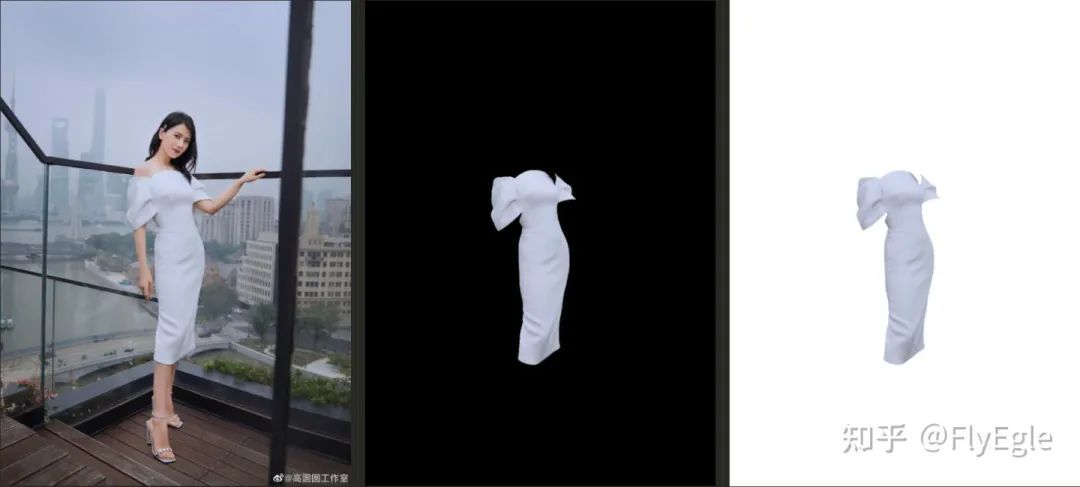
07 ? ? ? 代碼
這套代碼框架寫了個把個月,包括了FCNs,SegNets,DeepLab,UNet,U2Net,HRNet等一些常用模型的實現,loss,aug,lrshedule等,以及VOC上的一些pretrain。整體代碼簡單明了,模塊分明,如果有需要后面可以考慮開源。

model zoo 最后 ,本人不是主要做分割的,只是項目需要了就寫了一套代碼框架,做了一些相關的實驗探索,有一定的場景調優,不一定具備共性,歡迎大家討論~
編輯:黃飛
?
 電子發燒友App
電子發燒友App












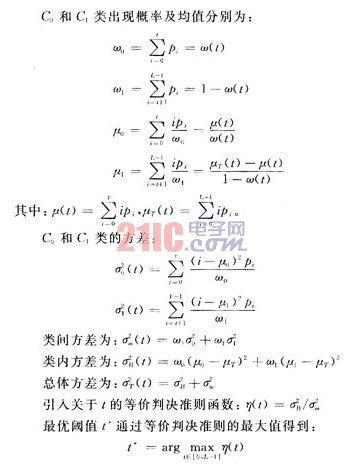






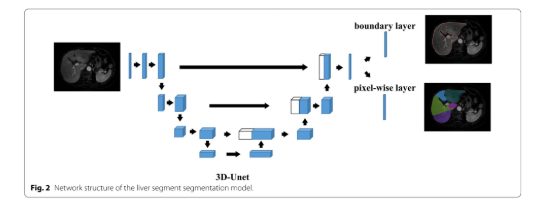
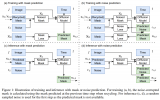

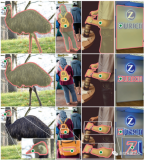





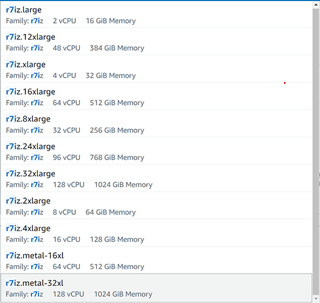
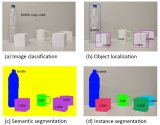



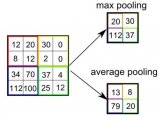










評論